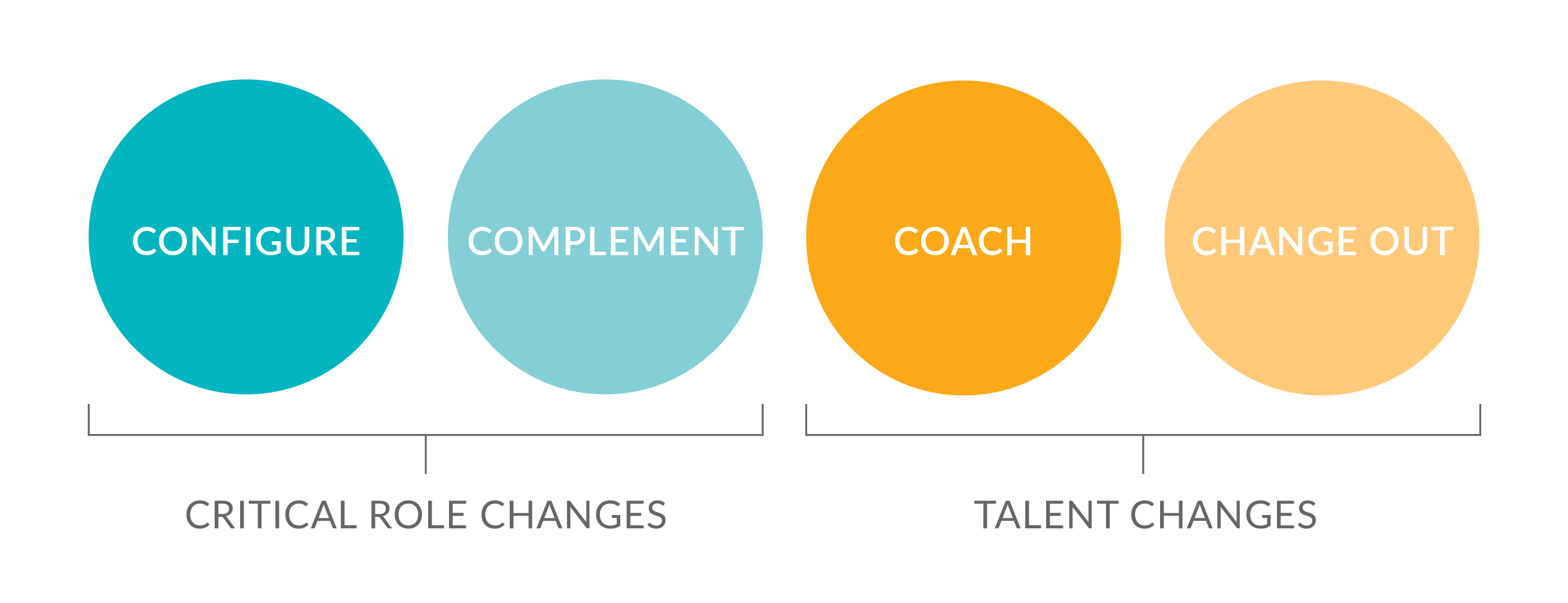Reward the top 20% of your performers and fire the bottom 10%. These days, that makes as much sense as shoot first, ask questions later.
I am a fan of ranking talent. I'm not a fan of dogmatically removing people based on a small data set.
Talking about the old "rank and yank" practice reminds me of a colleague who owns an automotive dealership. The industry has been through difficult times, and last year's results weren't as good as he expected. Although his business wasn't performing any worse than his competitors, he and his leadership team chose to make some changes to their annual operating plan. They fired all under-performers and left it to the hierarchy to absorb all that work. His mini-euphoria at having done "something" to solve the problem didn't last. Morale sank. Collaboration and innovation tanked. Burnout ensued. And the dealership's bottom line didn't improve.
I get it. It's easy to rationalize your way into taking dramatic action in the hope of making a difference. When a business does not deliver the value you expect, you instinctively ask, "What's causing the problem?" Swift on its heels, "Who are we going to blame?" Followed by, "Who do we need to fire?" Any action taken after this, no matter how hare-brained, can give you the satisfaction of having dealt with the problem. But it won't necessarily mean that you've fixed it in a sustainable way or you've mitigated your risks.
I ask these three value-based questions instead:
- Where is value not being delivered—and why? (in what specific roles)
- Is each of the roles connected to the value and set up to succeed at delivering it?
- Can the talent deliver the value in the roles—and if not, what are you going to do about it?
This helps identify a set of the fewest interventions possible that will both create the least disruption for the organization and take the least amount of time to deliver the value. These interventions usually fall into four buckets: the first two involve changes to a critical role; the second two changes to the talent in a role.

I find that often the simplest, fastest solution involves reconfiguring the duties of a critical role (and, hence, its outcomes) and complementing it with additional support. For example, in one organization I know well, the Chief Information Officer implemented systems brilliantly, ran them superbly, and removed cost deftly. While she was exceptionally well suited to deliver 85% of the role's value, she was exceptionally unsuited to deliver the remaining 15% (which involved selling proprietary technology to clients).
We could change out the incumbent and go in search of the perfect unicorn who could deliver all 100%. Meanwhile, value would leak left, right and center. Throwing out an exceptional performer because we expected her to do something she was simply not able to do would be like throwing out the proverbial baby with the bathwater. And it would take months to find a replacement, with no assurance that person would be as good at delivering the bulk of the value as our current CIO.
We could coach the incumbent in the role. In situations where technical or "soft" skills are required, coaching can work well. But it takes time and is not always effective. In this case, coaching the person to have the confidence and skill to sell to clients was a mission: impossible.
To solve our business problem quickly and efficiently, we chose to reconfigure and complement the CIO role. We moved that 15% of the value to a Head of Tech Sales role and hired someone who was great at selling the company's proprietary technology to do it alongside the CIO. Without unnecessary drama and at a fraction of the cost of the value delivered, we got to have our cake and eat it too.
Bottom line: ask value-based questions first, shoot later. When you view your business problems in terms of value creation, risk mitigation, and the fastest, least disruptive solution, miracles can happen. Value goes up, and the time it takes to deliver that value often goes down.

